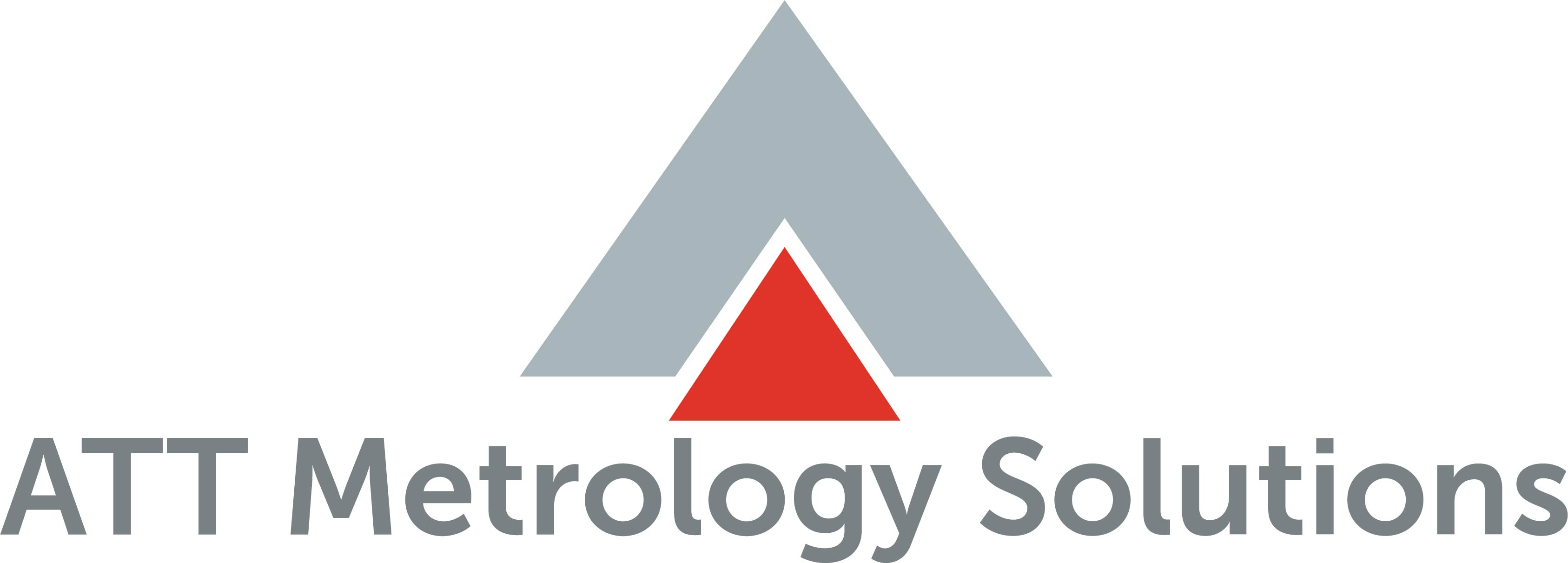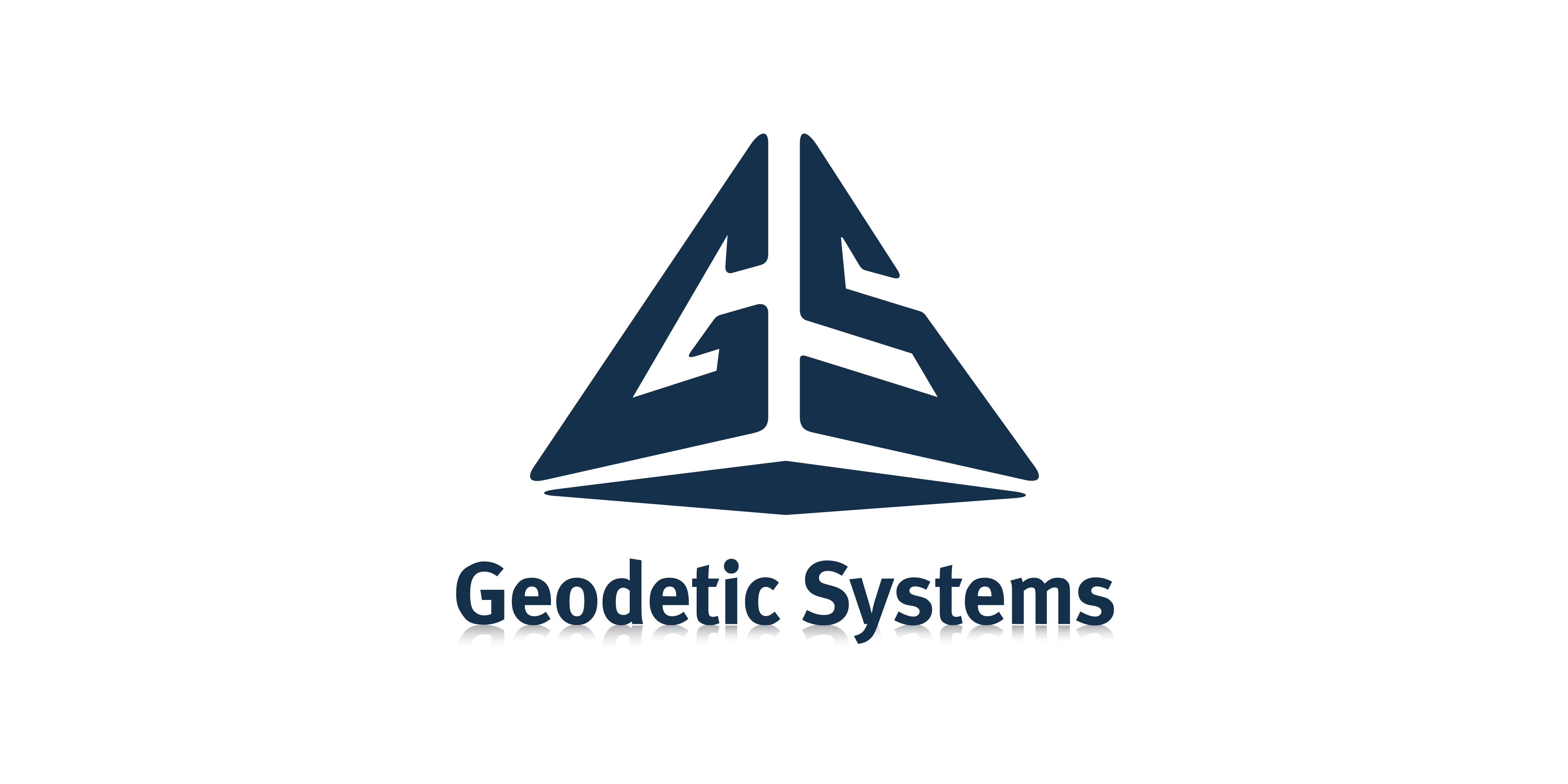
|
Download Members: $0.00 Non‑Members: $75.00 |
Buy Now |
Publication Details
| Published Date: | |
|---|---|
| Authors: | Philip Freeman, STF The Boeing Company |
| Download Format: |
Abstract
Large, flexible parts can be hard to inspect. The overall shape is often less critical than the small-scale variations such as waves, dents, ridges, and bumps. The availability of accurate 3D point cloud metrology makes it easy to collect detailed surface geometry. Inspection software can compare the collected data to the reference CAD geometry, but this emphasizes the deviation of form and not waviness or other scales of interest.
Areal surface filtering enables separation of the larger scale geometry (form or shape) from the smaller scale features (texture). Traditional areal filtering algorithms rely on uniformly sampled surfaces rather than unstructured point clouds. In this presentation, we present an efficient approach to areal filtering for unstructured point clouds.
Our approach is inspired by ISO 16610 filters for surface texture and provides a standards-compliant way to specify and measure surface texture. The method is designed for unstructured point clouds and is adaptable to various filtration techniques. We describe a use case from aerospace based on ISO 16610-71, Robust areal filter: Gaussian regression filters, and show its application to inspection of a large-scale unsupported composite surface.
In the presentation we show the development of the filter and its technical performance focusing on the choice of robust statistics (vs. ordinary least squares). We discuss where optimizations have been made for speed, and share results and considerations for complex surfaces. We believe that there are many additional applications where efficient and accurate waviness measurement from unstructured high-density point clouds can benefit from spatial areal filtering. We propose that the approach of adapting the ISO 16610 series of standards to 3D point clouds provides a standards-based method of quantifying and evaluating surface textures such as waviness or roughness.





